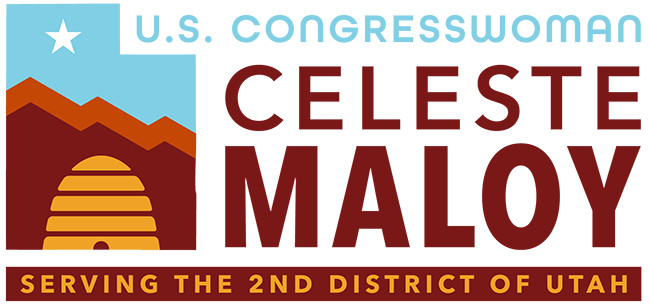Op-Eds
Breaking Down My Public Lands Amendment
Washington,
July 3, 2025
Small town Utah is exploding with growth, and Cedar City is no exception. Last year, Cedar City ranked #1 as the best small city to start a business, and this year it was ranked in the top 3. While it fills me with pride to see my hometown thriving, the rapid growth is putting a strain on local communities, not just here, but up and down the state. Cities and towns are surrounded by federal land with nowhere to go – leaving local leaders stuck without the space to build housing, infrastructure, or services their communities urgently need. That’s why I introduced an amendment to the One Big, Beautiful Bill that would have allowed the strategic sale of targeted public land parcels for critical infrastructure needs. Unfortunately, this effort was met with a disinformation campaign. Special interest groups called it a scheme to sell off public lands while headlines labeled it a massive land grab. It’s time to correct the record. There is an extensive history of federal land conveyances to local governments for infrastructure. Conveying land for public purposes has been a standard practice since the country’s founding. It’s how the West was largely developed. Previous Congresses and Administrations, both Republican and Democrat, conveyed federal lands during their tenures. Additionally, land conveyances are desperately needed by rural communities. Rural Utah especially is buckling under the weight of rapid population growth. As a result, we’re seeing housing shortages and a steep rise in the cost of living. Water systems are being stretched to the limit – a dangerous predicament in the West Desert. To address this, my amendment created a process for public entities to purchase small, targeted parcels at fair market value specifically for infrastructure that serves the public good. My amendment would have sold less than 1% of federal land to Washington County, the City of St. George, the Washington County Water Conservancy District, and Beaver County. We did not instruct the federal government to go and find public land to dispose of, as is the case in the Senate. Nor did I propose a wholesale transfer of land. Instead, my amendment identified specific parcels near existing infrastructure and development for local needs, and it was crafted with input from local leaders. These parcels were small and did not cover a wide expanse of public land. In fact, many of them were so small you could barely pinpoint them on a map. These parcels were identified for water, wastewater, recreation, transportation, and other critical infrastructure needs. One parcel in Washington County would give locals better access to a critical water reservoir. Another parcel would allow them to make safety improvements to a road just south of Zion National Park. Meanwhile, a parcel totaling only 36 acres in St. George would allow the city to enhance some of its public trails. And in Beaver County, the city would acquire three small parcels to improve access and parking to the fairgrounds. The amendment would not touch National Parks, Monuments, Recreation Areas, or other important conservation areas and historic sites. However, it would permit the counties to improve access to those places and accommodate millions of visitors each year. The transfer of a limited number of acres allows Utahns to preserve the vast majority of our public lands for hunting, fishing, camping, and other multiple uses while allowing locals to expand existing water systems, connect trails, and more. We can balance both conservation and access. Imagine what our rural communities could become if they had the freedom to build. Strategic infrastructure development could unlock new job opportunities, lower the cost of living, and revitalize local economies that have long been held back by federal bureaucracy. I believe in preserving our public lands for future generations. But I also believe our communities deserve the infrastructure they need to thrive. These goals aren't mutually exclusive—they can and should work together. The choice isn't between development and conservation—it's between smart, targeted solutions and endless bureaucratic gridlock. While my amendment was ultimately removed from the One Big, Beautiful Bill, I’m hopeful that we can find a path forward that offers Utah’s growing communities economic opportunity and environmental protection. Our state’s success depends on it. Originally published in Iron County Today |
